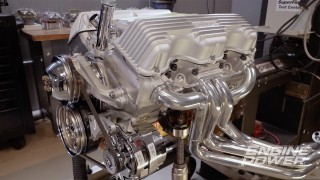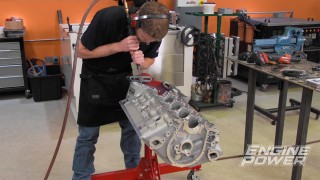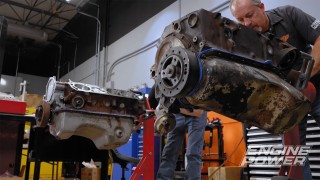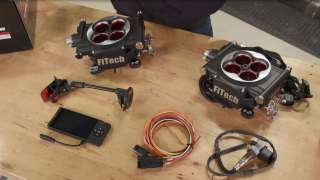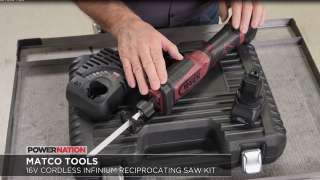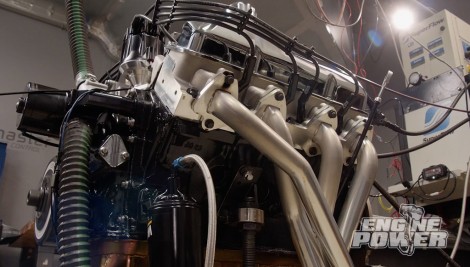
Junkyard Ford 445 FE Gets Modern EFI
Our 445 FE is back, a modern EFI system, along with a time-tested tunnel wedge intake made for drivability.
Season 8
Episode 4
Hosts: Pat Topolinski, Frankie Forman
First Air Date: February 4, 2021
Duration: 21 minutes 35 seconds




